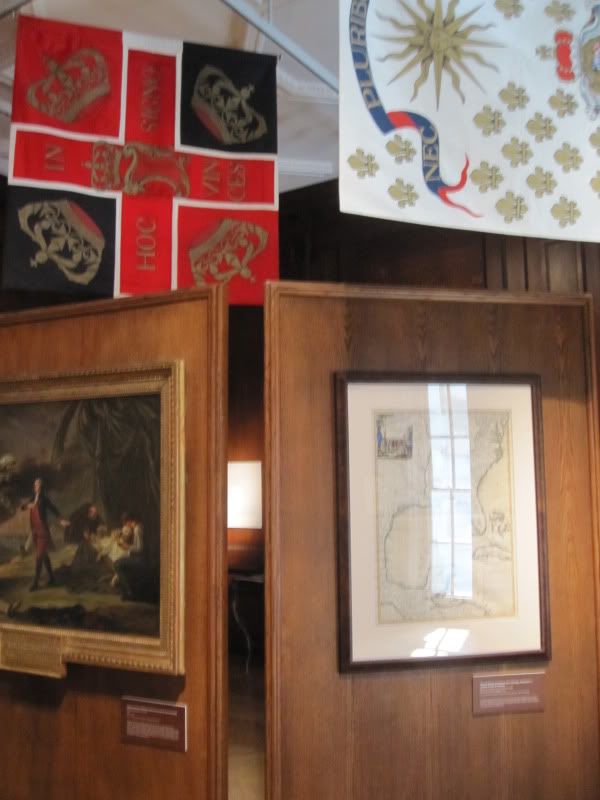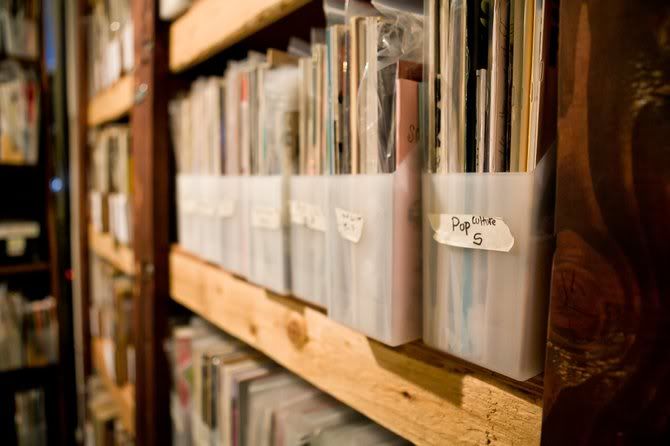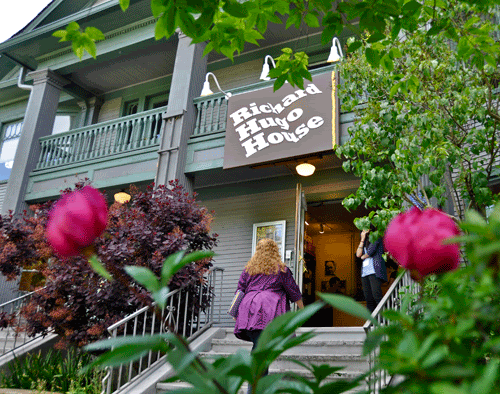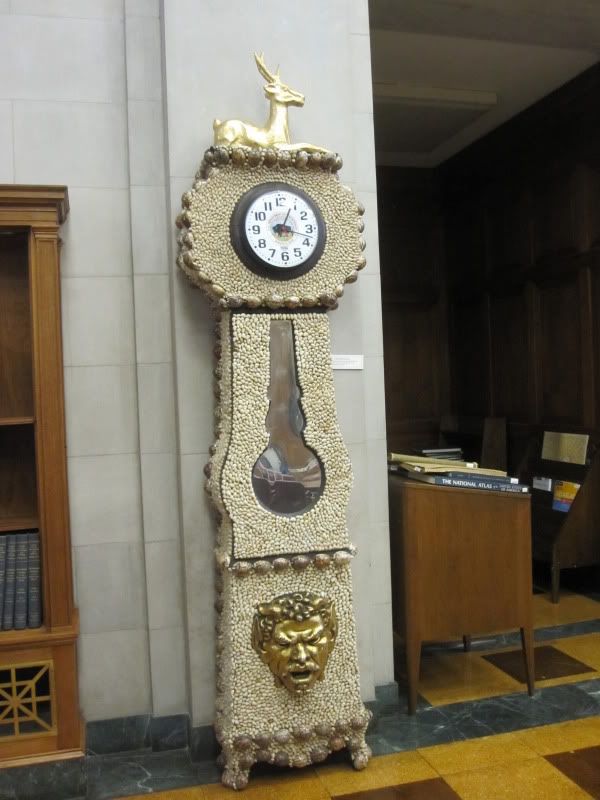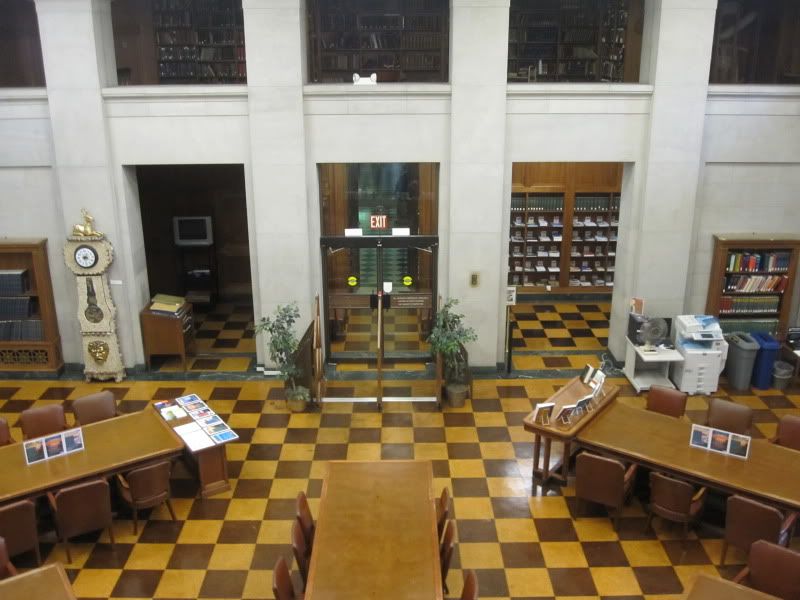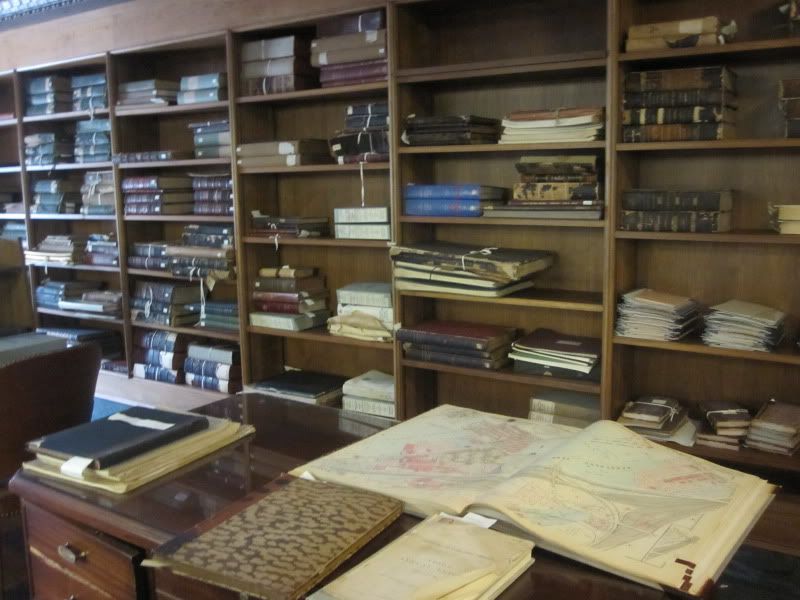Special Collections are found within public libraries, in corporate entities, government agencies, historical societies, archives, academic institutions, professional organizations, and social societies. The University of Maryland
Defines a special collection with three qualifiers:
"
Rarity: books, manuscripts and other materials that are old, scarce or unique.
Format: photographs, slides, films, audio recordings, maps, artworks, artifacts and other objects that need special handling.
Comprehensiveness: accumulation of materials that are individually not unique, but collectively make up an important resource because of their relevance to a particular topic or individual."
Special libraries are information collections where the entire collection is a single, or several special collections. Of course, that's just one definition. The
Special Libraries Association (SLA) is the national professional organization for special librarians to connect with each other, with other collections, and with vendors for products of interest to special library collection development and management.
The Bureau of Labor Statistics
describes Special Librarians:
"Special librarians work in settings other than school or public libraries. They are sometimes called information professionals. Law firms, hospitals, businesses, museums, government agencies, and many other groups have their own libraries with special librarians. The main purpose of these libraries and information centers is to serve the information needs of the organization that houses the library. Therefore, special librarians collect and organize materials focused on those subjects. The following are examples of special librarians:
Government librarians provide research services and access to information for government staff and the public.
Law librarians help lawyers, law students, judges, and law clerks locate and organize legal resources.
Medical librarians help health professionals, patients, and researchers find health and science information. They may provide information about new clinical trials and medical treatments and procedures, teach medical students how to locate medical information, or answer consumers' health questions."
Hack Library School has a great blog post about becoming a special librarian. The blog is written by library school students, for library school students and is well worth checking out. There are some great links in the post to the SLA website, such as this one about what
Special Librarians do. To find out more about special libraries in your area, a great place to start is your local SLA chapter. Most regions have a local professional chapter, and many schools have a student group. I found my appreciation of special libraries through exposure to local collections with my school's chapter of
SLA, on a library crawl. The tour led to further participation in SLA with the student group and local chapter, continued visits to special collections, and pursuit of a career in special librarianship.

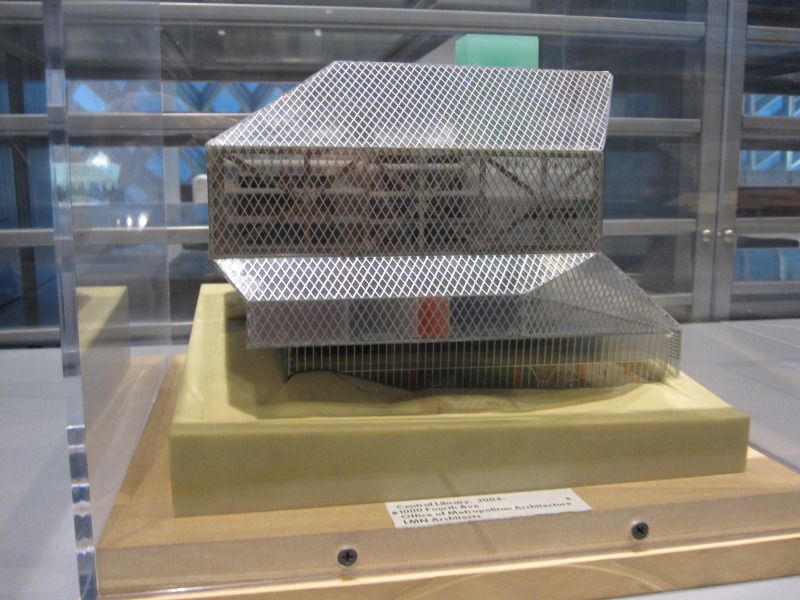

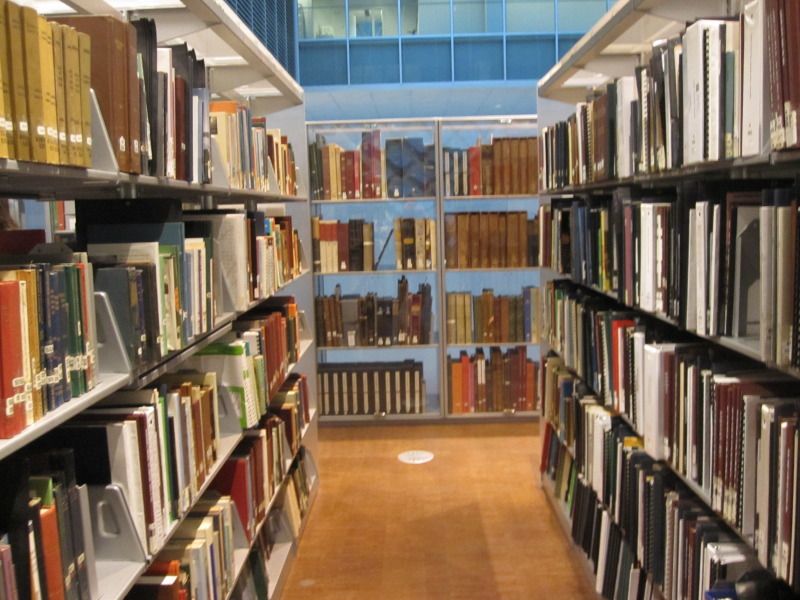
 Another interesting aspect of the Seattle Room are the architectural models of some of the other branches built or re-modeled during the Libraries for All Campaign.
Another interesting aspect of the Seattle Room are the architectural models of some of the other branches built or re-modeled during the Libraries for All Campaign. 



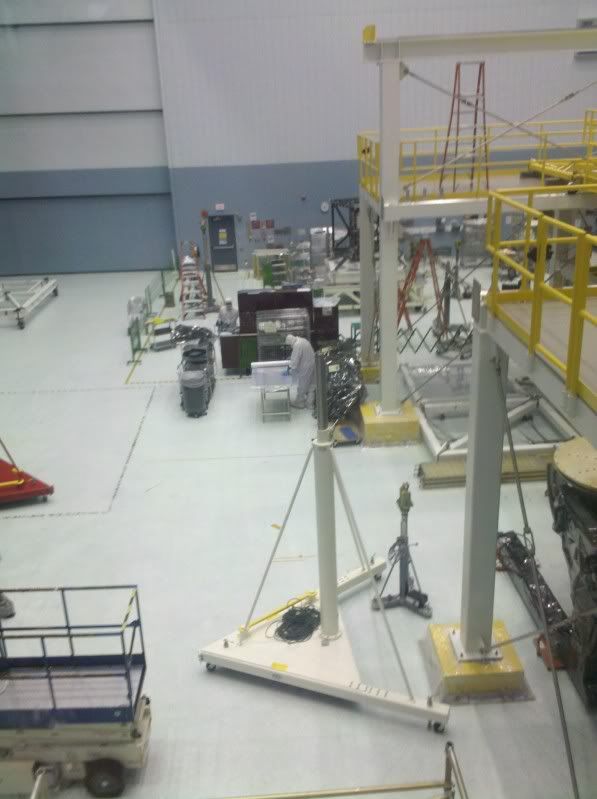
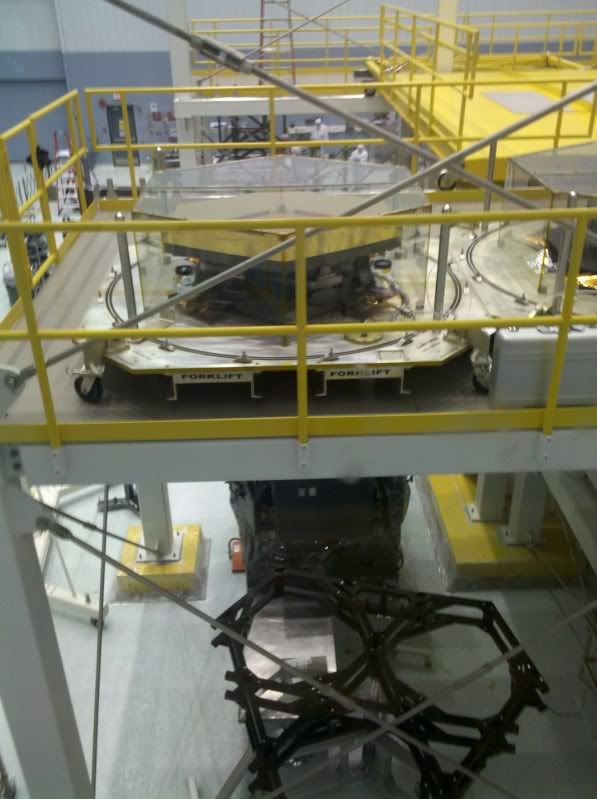





 The house was built as the winter home of Larz and Isobel Anderson in 1905. The house is impressively preserved to showcase the original architecture and furnishings. The billiard room has been converted into a small exhibit space.
The house was built as the winter home of Larz and Isobel Anderson in 1905. The house is impressively preserved to showcase the original architecture and furnishings. The billiard room has been converted into a small exhibit space. 